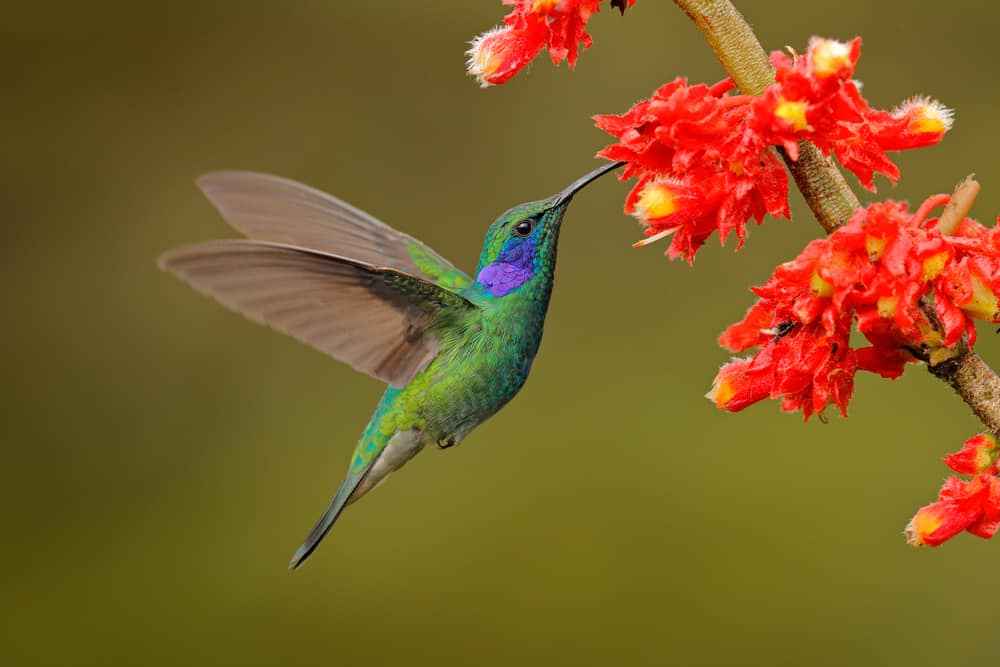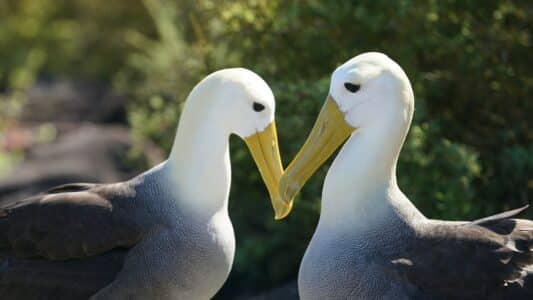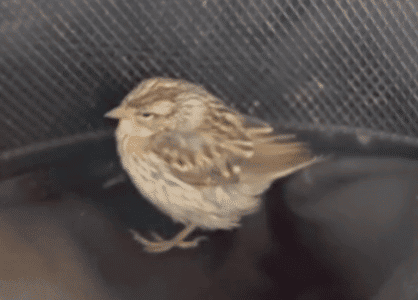You can look outside on any given day and it’s likely that you’ll see at least one bird gliding through the sky, perched on a branch or telephone pole, or pecking away at the ground.
We like birds, so follow along as we soar into their unique worlds, or skip ahead to any section!
Introduction to Birds
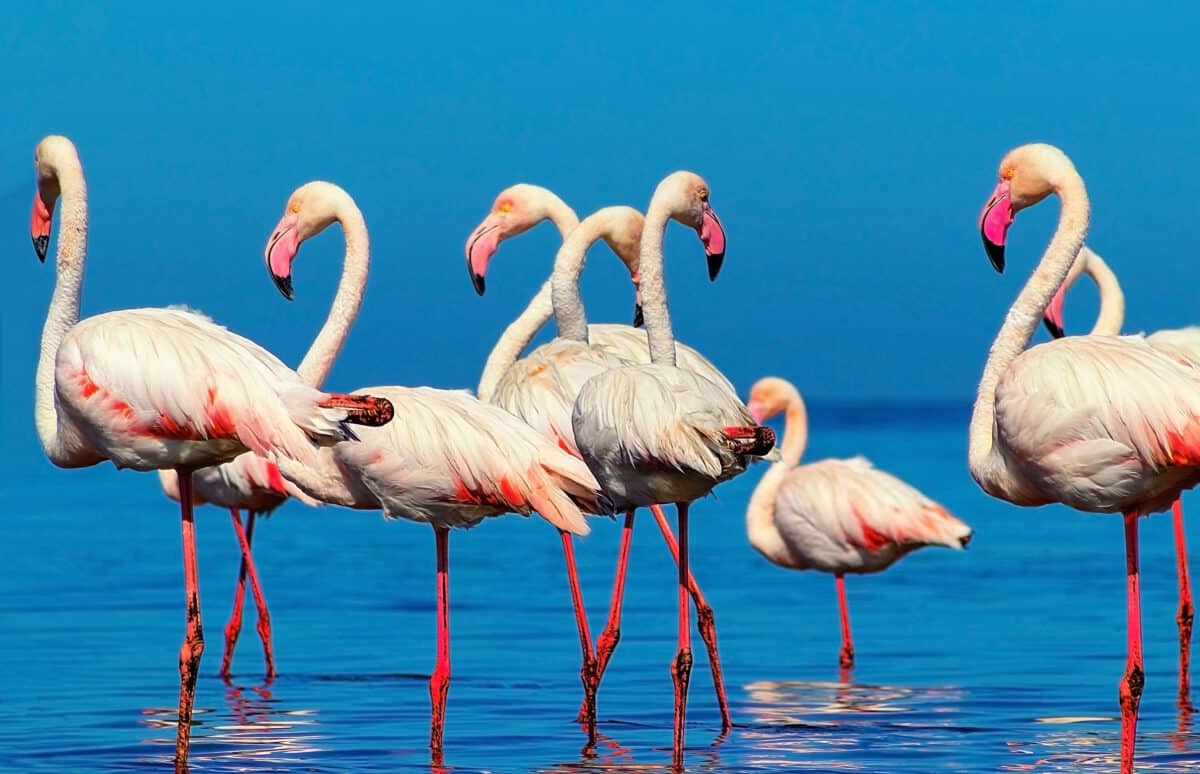
Birds are descendants of dinosaurs, so it’s no wonder that many of them are apex predators. These feathered creatures, along with those in the order Crocodilia, are the only living animals in the clade Archosauria. Extinct species in this clade include dinosaurs from the early Triassic Period.
These animals are widespread and live on every continent and land mass in the world. There are over 11,000 living species worldwide; however, approximately 12% of those are threatened with extinction, according to the IUCN Red List.
Bird Characteristics
Birds include all animals in the class Aves and are descendants of dinosaurs. Their bodies are covered in feathers, which can be in a range of different colors, from bright and bold to muted and dull. Birds have claws or talons for feet, beaks for mouths, and wings for “arms,” which they use to fly, with some exceptions like ostriches and penguins. Furthermore, birds have warm-blooded metabolisms and lay eggs.
Smallest vs. Largest Living Birds
| Scientific name | Body size | Habitat range | Diet | Conservation status | |
| Common ostrich | Struthio camelus | 200–290 lb (90–130 kg); 6–9 ft (1.7–2.7 m) | African savanna and Sahel | Grass, shrubs, fruit, flowers, insects | Least concern |
| Bee hummingbird | Mellisuga helenae | 0.06–0.09 oz (1.6–2.6 g); 2.1–2.4 in (5.5–6.1 cm) | Cuba | Nectar from several plant species | Near threatened |
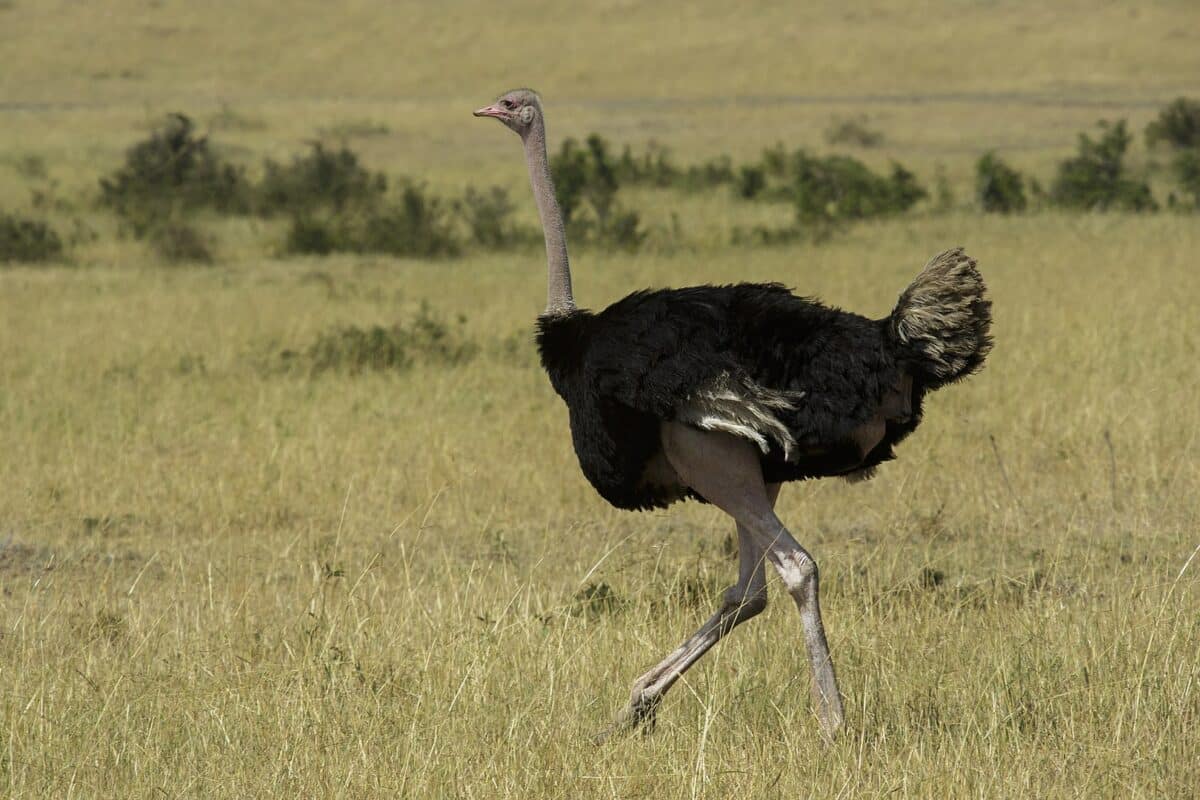
Thomas Fuhrmann, CC BY-SA 4.0, via Wikimedia Commons
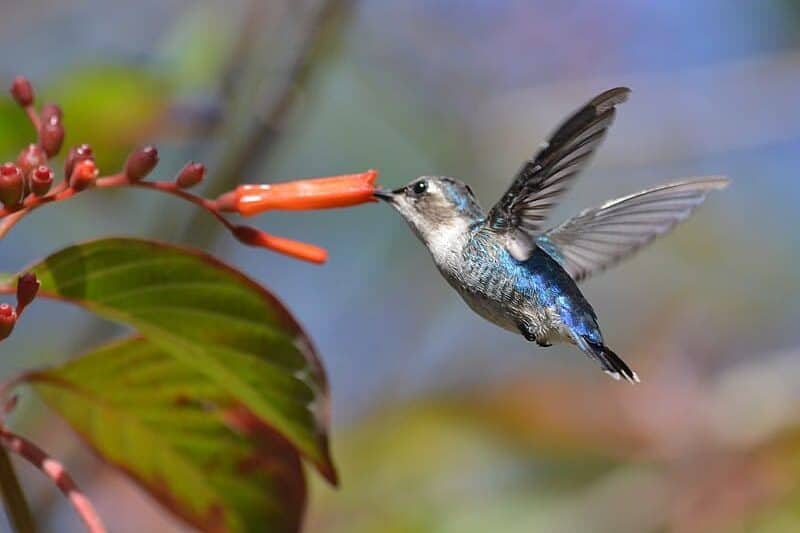
Ekaterina Chernetsova (Papchinskaya) from Saint-Petersburg, Russia, CC BY 2.0, via Wikimedia Commons
Types of Birds
Bald Eagle
The bald eagle, the United States national bird, is one of the most majestic birds of prey. It is well known for its exciting courtship rituals, often called “courtship cartwheeling.” This occurs when a male and female bald eagle link talons and plummet through the air to the earth just before releasing and parting. Learn more about the bald eagle by clicking here.
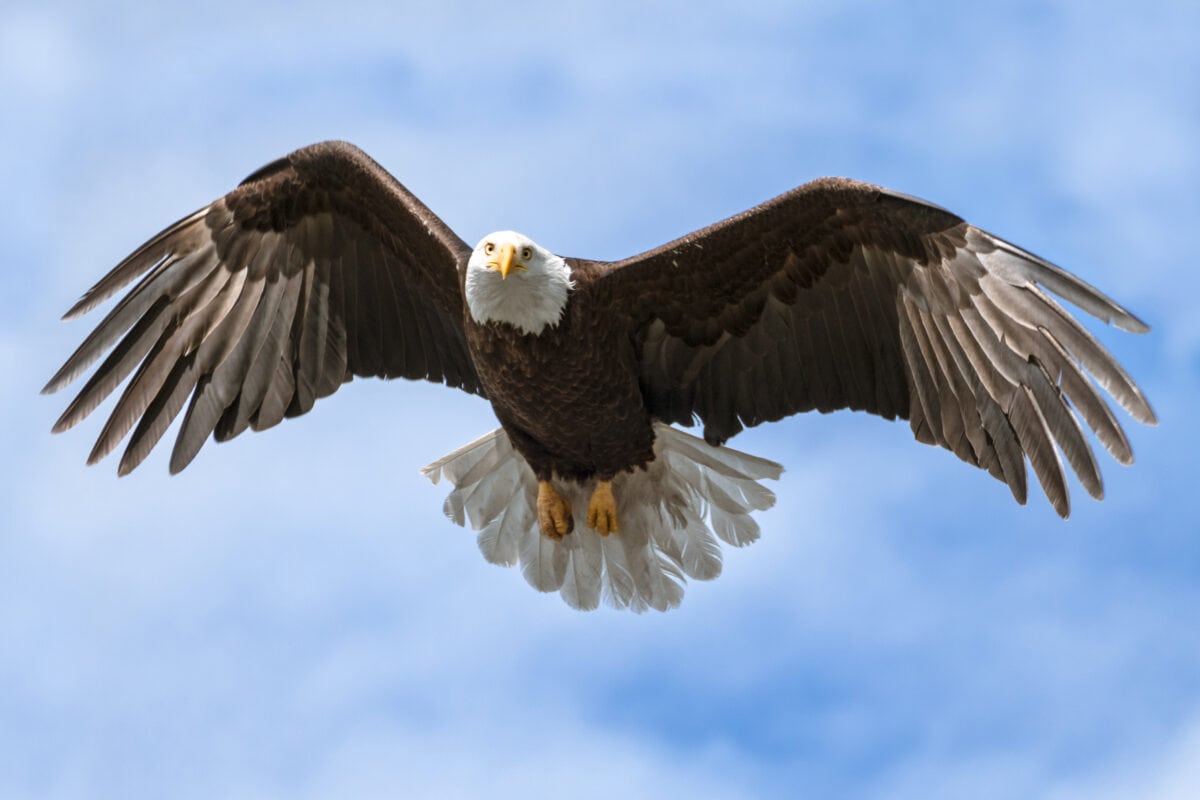
Latest News
We like to keep up to date with what’s going on in the world of avians – from colorful little hummingbirds to majestic golden eagles. Check out some of the latest news stories here!
Bird Flight Adaptations
Wing Shape
Different wing shapes are adapted for various flight styles.
- Passive soaring: Birds like eagles have long, wide feathers to catch rising hot air, known as “thermals,” to gain height and soar.
- Active soaring: Birds like albatrosses have long, narrow feathers to fly using wind currents – typically over the ocean.
- Elliptical: Birds like sparrows have short, round wings ideal for narrow spaces and short, high-speed bursts of flying.
- High-speed: Birds like falcons have thin, pointed wings that allow for flying at incredibly high speeds.
- Hovering: Birds like hummingbirds have small, tight wings that allow for rapid and quick flapping.
Feathers
Feathers are lightweight but sturdy structures made of keratin, which is the same component as that in hair and nails. They aid them in flight and insulate their bodies.
- Wing (remiges): Streamlined, windproof, inflexible
- Tail (rectrices): Fan shape, used for steering
- Contour: Covers the bird’s body, waterproof, often colorful
- Semiplume: Beneath contour feathers, fluffy, used for insulation
- Down: Similar to semiplume but smaller, fluffy, used for insulation
- Filoplume: Short, functions similarly to whiskers
- Bristle: On the head, protects face and eyes
Skeletal Structure
Bird skeletons comprise hollow bones, which have air-filled cavities that keep them light but strong enough to fly and carry prey.
Muscles
These animals have powerful pectoral and wing muscles, which they use to generate the necessary lift and thrust for flight. Their pectoral muscles are responsible for the flapping downstroke, and the wing muscles are responsible for side-to-side and upward movements.
Respiratory System
Birds have lungs with which they breathe. However, their lungs don’t inflate and deflate like ours do; instead, they have air sacs that stay at a constant volume at high altitudes. Their air flows through their body separate from their blood, in contrast to us humans whose air flows through the blood.
Bird Watching
-

Amazing Birds With Unique And Bold Hairstyles
-

Hummingbirds Need to Eat Every 10 Minutes Just to Stay Alive
-

Meet the Bee Hummingbird: The Smallest Bird Alive
-

13 Wild Birds That Use Tools to Hunt
-

Alaskas Bald Eagles Are Thriving While Other States Struggle to Save Them
-

12 Times Birds Used Tools Like Humans
-

How Climate Change Is Shifting Bird Migrations in the U.S.
-

Arctic Terns Fly From The North Pole To The South Pole And Back Every Year Covering Nearly 50000 Miles
-

The Bird That Travels 15,000 Miles a Year Using the Stars for Navigation
-

Do Ostriches Really Bury Their Heads in the Sand and Where That Myth Came From
-

This Bird Migrates Over 7,000 Miles Without Stopping Once
-

14 Raptors With Unbelievable Hunting Abilities
Visit our dedicated page on bird watching!
Bird FAQs
“Beak” and “bill” are synonyms. Either can be used and both are correct.
Birds’ saliva is a sticky, glue-like substance and can bind branches, twigs, leaves, or mud tightly to form a nest.
They have a unique vocal organ called the syrinx, which is located at the bottom of their trachea (windpipe). The syrinx functions similarly to humans’ vocal organ, the larynx, which is that air vibrates against a membrane to produce sound. However, the syrinx lacks the same “folds” that ours do to make as many distinct sounds that we can make.
When the temperature drops and seasons start to change, they migrate to warmer climates where food, like fruit and leaves, is more plentiful. Migratory birds navigate using the Earth’s magnetic field, the position of the sun, and landmarks like coastlines. The exact internal mechanisms by which they navigate is not fully understood, but it is thought that their senses like smell and perhaps specialized cells play a role.
Newest Category: Birds
- Discover: Animals Can Catch Yawns - June 26, 2025
- The Fascinating World of Hybrid Animals - June 24, 2025
- Wild Animals React to Seeing Themselves in Mirror - June 22, 2025

